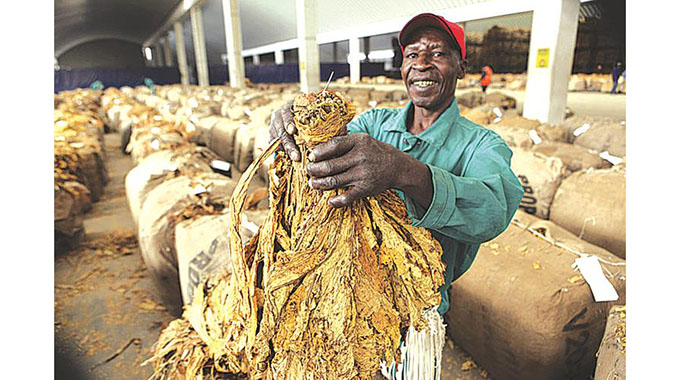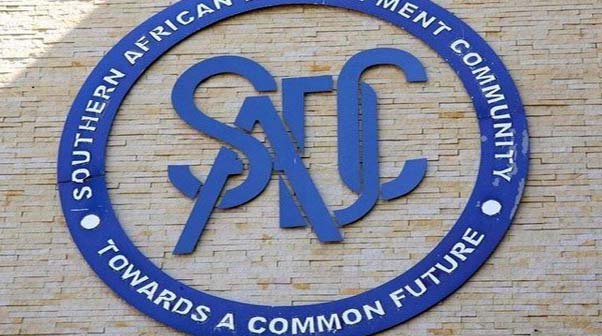Zimbabwe’s tobacco industry 40 years on

Tawanda Musarurwa
Emerging at independence as a largely white-dominated sector, Zimbabwe’s tobacco sector has come a long way to its present state, where it is one of the biggest ‘employers’ among agricultural sub-sectors.
Zimbabwe’s tobacco industry is regulated by the Tobacco Industry and Marketing Board (TIMB), a statutory body established in terms of the Tobacco Industry and Marketing Act (Chapter:18:20).
Official figures show that Zimbabwe is the largest grower of tobacco on the continent, and the sixth largest grower in the world.
It is clear that tobacco plays a critical economic role for many Zimbabweans, but wasn’t always the case.
Changes brought by land reform
The structure of the industry has been completely upturned, in a way that benefits the majority of indigenous Zimbabweans.
Prior to the land reform programme, 1 500 large-scale tobacco farmers of about 4 500 commercial farmers (predominantly white) produced 97 percent of tobacco in 2000, but the number of indigenous smallholder farmers had risen to 110 000, producing around 65 percent of the crop by 2013.
Last year, Zimbabwe’s tobacco producers — mostly smallholder farmers — produced 258 million kilogrammes of the golden leaf, which is the highest figure produced in post-independence Zimbabwe.
The 2019 output was a 2 percent improvement on the previous year’s output of 253 million kgs. These numbers are significantly higher than most pre-land reform output figures, except of course, 1998 when Zimbabwe recorded its best post-independence tobacco output of 260 million kgs.
On average tobacco earns the country over US$ 1 billion annually.
Notwithstanding a shaky recovery from the land reform years, the local tobacco industry appears to be getting back to its best, and if the positive trajectory of the last few years is anything to go by, the tobacco industry is likely to set new records in this area. A significant number of indigenous Zimbabwean farmers are starting to show their potential in growing the golden leaf, although their capacities can still be enhanced on the basis that they get adequate training, access to resources, access to good markets and support from the relevant institutions.
This opportunity was opened up by the land reform programme circa 2000, with many previously marginalised indigenous Zimbabwe getting access to land, which they could utilise with a crop of their choice.
Tobacco quickly became that crop of choice for many smallholder farmers, not least because it was foreign currency cash-cow. Zimbabwe is one of the world’s biggest producers of Virginia flue-cured tobacco, which is famous for its renowned flavour. Virginia tobacco accounts for around 95 percent of the country’s tobacco output.
Other varieties produced in Zimbabwe are Burley and oriental tobacco.
Here, as anywhere, the backstory provides critical insight. Zimbabwe tobacco industry’s strong bias to Virginia tobacco came about because when the industry was established under the Rhodesia administration, the sector was modeled on the United States’ methods of producing the crop.
Flue-cured tobacco, also known as the ‘bright tobacco’ because of the golden-yellow to deep-orange colour it reaches during curing, is typically cured in heated barns, that is where the name flue-cured comes from. In most cases, the curing process takes a week.
Notwithstanding the positive trajectory that has been notable in respect to Zimbabwe’s tobacco output, headwinds still abound.
Experts in the field, however, forecast decline in the international demand for the commodity, in view of increasing anti-smoking lobbies, and the emergence of alternative sources of nicotine for tobacco addicts.
But then tobacco has more uses than simply smoking.
And that is why the contracting system has become so popular in Zimbabwe.
Contract farming, latest phase in Zim’s tobacco revolution
Contract farming is good for both the raw material producers and their off-takers because the former is guaranteed of funding for the inputs as well as the market for their produce, while the latter is assured of supply of the raw material.
This model of tobacco production is particularly critical insofar as smallholder farmers have been facing increased de-risking by banks ostensibly due to high grower finance risk.
Through the contract system, problems such as low productivity and therefore uncompetitive price for final product can be addressed through investment in farm mechanisation such as irrigation equipment.
Tobacco output has been commendably increasing in the last few years benefiting from contract farming.
Tobacco production had declined to 48 million kg in 2008, down from almost five times that at the beginning of the millennium. But it rose to 217 million kg in 2014 and 189 million kg in 2015, for example.
Zimbabwe has three auction floors, all in Harare, namely the Tobacco Sales Floor Ltd (TSF), the Boka Tobacco Floor and the Millennium Tobacco Floors.
The centralisation of tobacco auction floors in the capital city has been an issue in the past, but the emergence of contract arrangements has eased the need to decentralised tobacco floors.
Contract farming has also curbed the problem of low prices at tobacco auction floors. Sometimes the numbers say it, sometimes it’s something that cannot be put into words, but tobacco is arguably one of the success stories of Zimbabwe’s agriculture post-land reform.










Comments